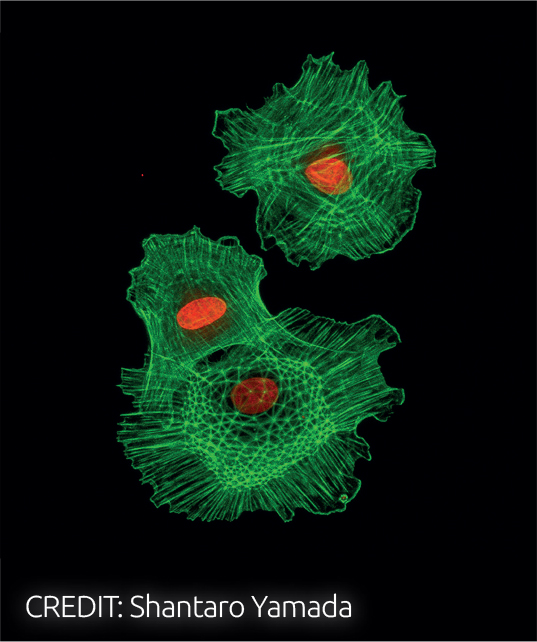Your own stem cells can be used to grow new bone
A new, groundbreaking study from the University of Bergen shows that a patients’ own stem cells can be used to grow new bone. This can potentially help millions of people who are partially edentulous and have insufficient bone for placement of dental implants. International Hospital reports.
The Maxibone Project, coordinated by Pierre Layrolle, Inserm, University of Nantes, France and Kamal Mustafa, University of Bergen (UiB), Norway, is now launched. This trial is among a few ongoing randomized, controlled trials using mesenchymal stem cells. Maxibone aims to create personalized bone regeneration for patients with missing bones in the jaw, for instance – which can be the case after cancer or a traffic accident. The biomaterial used to create the new bone comes for the patients’ own stem cells.
This project has European funding of €6 million. The consortium brings together 12 partners from five European countries (Norway, Spain, France, Denmark and Germany) including research laboratories, academic hospitals, cell therapy units, a biomaterial company and the global leader of dental implants.
In the project, a randomized controlled trial of 150 patients will compare the safety and efficacy of autologous cultured stem cells and calcium phosphate biomaterials with autologous bone grafting in alveolar bone augmentation prior to dental implants. In a previous European research project, Reborne, the clinical safety of this regenerative strategy was demonstrated on 11 patients at the University of Bergen, Norway.
This regenerative method, in simple terms, involves collecting bone marrow from the hip of the patient. These stem cells are expanded in laboratories located in Institute for Transfusion Medicine and Immunogenetics, Ulm, Germany and Centre de Thérapie Cellulaire de Créteil, France. After two weeks, the mesenchymal stem cells are shipped to the clinical centre. The cells mixed with biomaterials are grafted on maxillary and mandible bone ridges to increase their volume. On the control arm, autologous bone is harvested from the mandibular ramus and transplanted to the site of augmentation. A synthetic non-resorbable membrane is used to cover the grafts and to guide tissue regeneration.
After five months, cone beam computed tomography is performed to evaluate bone volumes for insertion of dental implants. Core biopsies are analysed by synchrotron, micro computed tomography and histology. Dental implants are placed and osteo-integrated for three months before loading with prosthetic elements.
In this clinical study, 150 patients will be recruited and randomly allocated to the control group consisting of bone graft (gold standard) or the test group receiving a combination of autologous cultured stem cells and biomaterials. The recruitment will be performed in centres in Norway, Spain, Germany, Denmark and France. This multicentre trial is led by associated professor Cecilie Gjerde, UiB, Norway and professor Mariano Sanz, Universidad Complutense de Madrid, Spain.
The Maxibone clinical trial is taking on a broader dimension, which should lead to this regenerative method being marketed within four years. Medical imaging, direct measurements and histology of core biopsies before dental implants will ensure the evaluation of bone regeneration.
Visit The Maxibone Project: www.maxibone.eu


